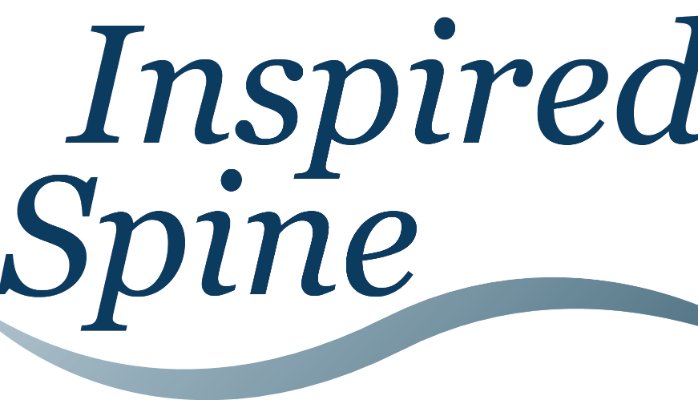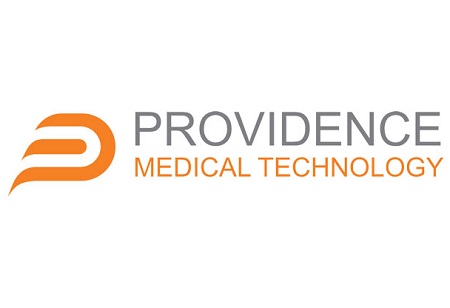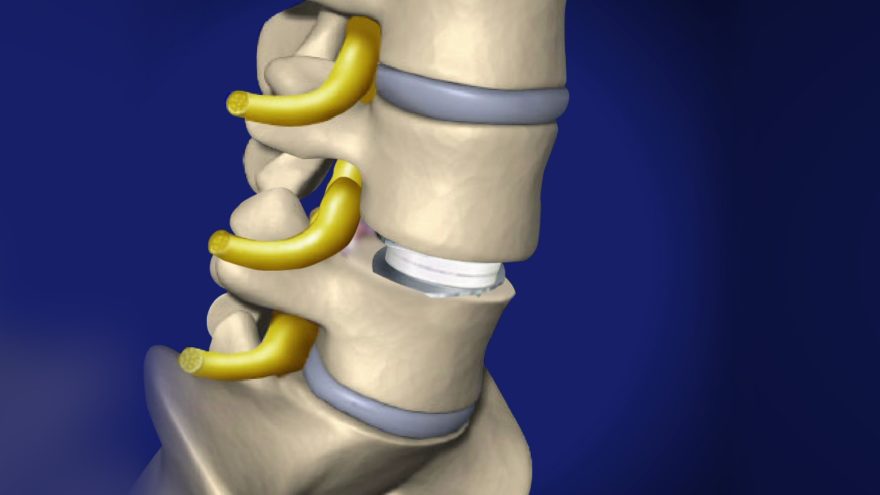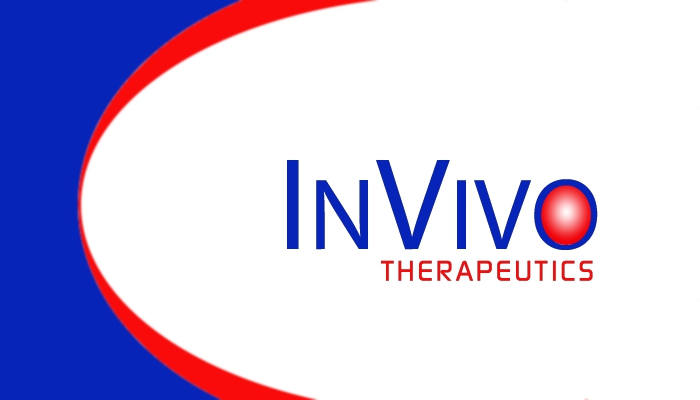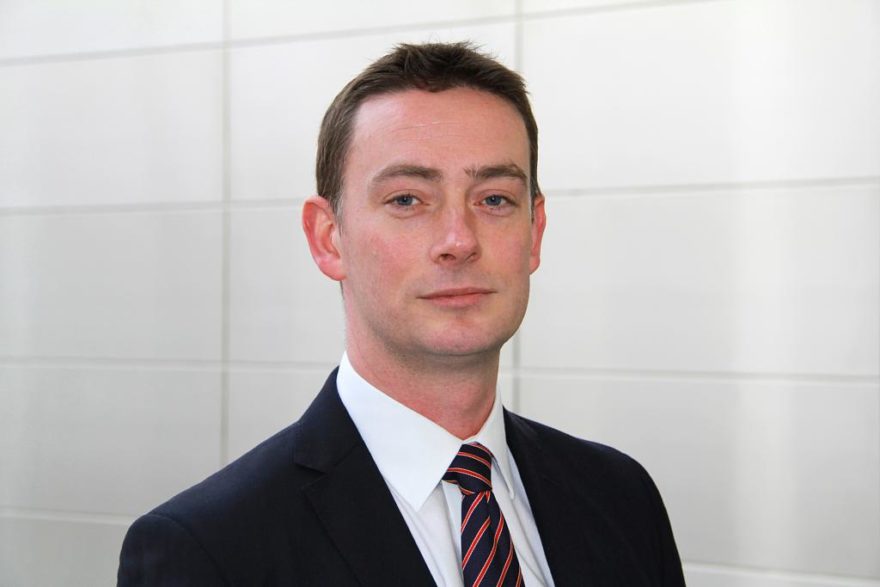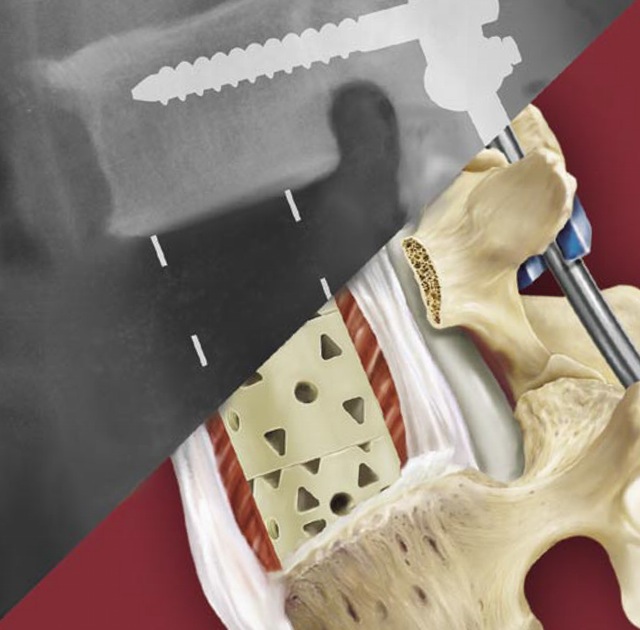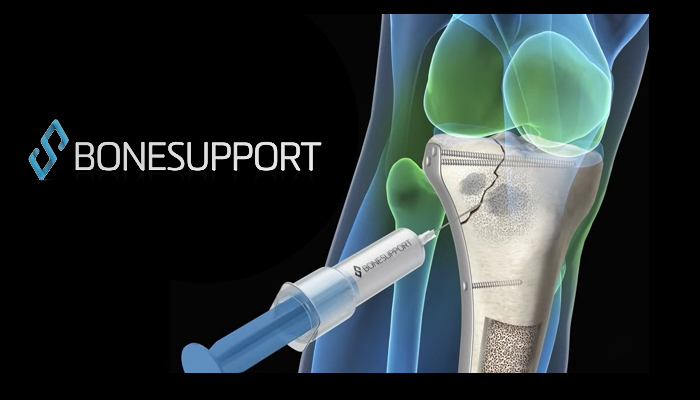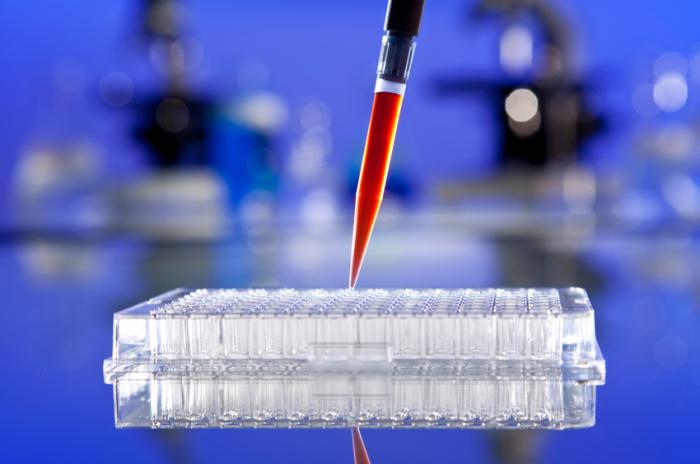CAMBRIDGE, Mass.–(BUSINESS WIRE)–InVivo Therapeutics Holdings Corp. (NVIV) today reported financial results for the quarter ended September 30, 2016.
Mark Perrin, InVivo’s Chief Executive Officer and Chairman, said, “In the third quarter, we continued to make fundamental progress at InVivo. One of the most notable achievements was the expansion of the INSPIRE study to allow for twenty evaluable patients. Just a few weeks later, we had a fifth patient improve from complete to incomplete paralysis making our current conversion rate approximately four times the rate in natural history databases (62.5% vs. 16%). Due in large part to the encouraging clinical outcomes achieved to date, we appointed Pam Stahl as Chief Commercial Officer to lead pre-commercialization efforts in preparation for establishing a commercial organization. We expanded the INSPIRE footprint when we received Investigational Testing Authorization from Health Canada and added our first ex-U.S. investigator and site: Dr. Fehlings at Toronto Western Hospital. We also added Northwestern Medicine and Ben Taub Hospital/Baylor College of Medicine. We had one of our most active quarters in terms of domestic and international speaking engagements: for the investment audience, we presented at annual conferences for Cantor Fitzgerald, Rodman & Renshaw, and Ladenburg Thalmann; for the medical audience, we presented at the International Spinal Cord Society Annual Scientific Meeting and had multiple presentations at the 2016 Congress of Neurological Surgeons Annual Meeting, including a late-breaking oral presentation; and for the scientific audience, we presented at the Cell & Gene Meeting on the Mesa. We ended the quarter in a strong financial position and believe our funds will last us through the end of 2017.”
Financial Results
For the quarter ended September 30, 2016, the Company reported a net loss of approximately $6,196,000, or $.19 per diluted share, compared to a net loss of $2,308,000, or $.09 per diluted share, for the quarter ended September 30, 2015. The Company’s results for the three months ended September 30, 2016 were unfavorably impacted by a loss on the Company’s derivative warrant liability (a non-cash item) of $336,000, driven by an increase in the fair market value of the Company’s warrants. The results for the three months ended September 30, 2015 were favorably impacted by a gain on the Company’s derivative warrant liability of $3,591,000 driven by a decrease in the fair market value of the Company’s warrants. Excluding these charges, for the quarters ended September 30, 2016 and September 30, 2015, adjusted net loss per diluted share was $.18 and $.22, respectively.
The Company ended the quarter with $37,665,000 of cash and cash equivalents.
For the nine months ended September 30, 2016, the Company reported a net loss of approximately $18,004,000, or $.59 per diluted share, compared to a net loss of $28,581,000, or $1.09 per diluted share, for the nine months ended September 30, 2015. The Company’s results for the nine months ended September 30, 2016 were adversely impacted by a loss on the derivative warrant liability of $788,000, reflecting increases in the fair market value of the warrants. The results for the nine months ended September 30, 2015 were adversely impacted by a loss on the derivative warrant liability of $11,349,000. Excluding these charges, for the nine months ended September 30, 2016 and September 30, 2015, adjusted net loss per diluted share was $.56 and $.66, respectively.
Adjusted net loss and adjusted net loss per share are non-GAAP financial measures that exclude the items noted. A reconciliation of these measures to the comparable GAAP measure is included with the tables contained in this release. The Company believes a presentation of these non-GAAP measures provides useful information to investors, enabling them to better understand the Company’s operations, on a period-to-period comparable basis, with financial amounts both including and excluding these identified items.
About The INSPIRE Study
The INSPIRE Study: InVivo Study of Probable Benefit of the Neuro-Spinal Scaffold™ for Safety and Neurologic Recovery in Subjects with Complete Thoracic AIS A Spinal Cord Injury, is designed to demonstrate the safety and probable benefit of the Neuro-Spinal Scaffold™ for the treatment of complete T2-T12/L1 spinal cord injury in support of a Humanitarian Device Exemption (HDE) application for approval. For more information, refer to https://clinicaltrials.gov/ct2/show/study/NCT02138110.
About the Neuro-Spinal Scaffold™ Implant
Following acute spinal cord injury, surgical implantation of the biodegradable Neuro-Spinal Scaffold within the decompressed and debrided injury epicenter is intended to support appositional healing, thereby reducing post-traumatic cavity formation, sparing white matter, and allowing neural regeneration across the healed wound epicenter. The Neuro-Spinal Scaffold, an investigational device, has received a Humanitarian Use Device (HUD) designation and currently is being evaluated in the INSPIRE pivotal probable benefit study for the treatment of patients with complete (AIS A) traumatic acute spinal cord injury.
About InVivo Therapeutics
InVivo Therapeutics Holdings Corp. is a research and clinical-stage biomaterials and biotechnology company with a focus on treatment of spinal cord injuries. The company was founded in 2005 with proprietary technology co-invented by Robert Langer, Sc.D., Professor at Massachusetts Institute of Technology, and Joseph P. Vacanti, M.D., who then was at Boston Children’s Hospital and who now is affiliated with Massachusetts General Hospital. In 2011, the company earned the David S. Apple Award from the American Spinal Injury Association for its outstanding contribution to spinal cord injury medicine. In 2015, the company’s investigational Neuro-Spinal Scaffoldreceived the 2015 Becker’s Healthcare Spine Device Award. The publicly-traded company is headquartered in Cambridge, MA. For more details, visit www.invivotherapeutics.com.
Safe Harbor Statement
Any statements contained in this press release that do not describe historical facts may constitute forward-looking statements within the meaning of the federal securities laws. These statements can be identified by words such as “believe,” “anticipate,” “intend,” “estimate,” “will,” “may,” “should,” “expect,” “designed to,” “potentially” and similar expressions, and include statements regarding the safety and effectiveness of the Neuro-Spinal Scaffold and the Company’s beliefs regarding its cash position. Any forward-looking statements contained herein are based on current expectations, and are subject to a number of risks and uncertainties. Factors that could cause actual future results to differ materially from current expectations include, but are not limited to, risks and uncertainties relating to the Company’s ability to successfully open additional clinical sites for enrollment and to enroll additional patients; the timing of the Institutional Review Board process; the Company’s ability to complete the INSPIRE study and submit an HDE; the Company’s ability to receive regulatory approval for the Neuro-Spinal Scaffold; the Company’s ability to commercialize its products; the Company’s ability to develop, market and sell products based on its technology; the expected benefits and efficacy of the Company’s products and technology in connection with the treatment of spinal cord injuries; the availability of substantial additional funding for the Company to continue its operations and to conduct research and development, clinical studies and future product commercialization; and other risks associated with the Company’s business, research, product development, regulatory approval, marketing and distribution plans and strategies identified and described in more detail in the Company’s Annual Report on Form 10-K for the year ended December 31, 2015, and its other filings with the SEC, including the Company’s Form 10-Qs and current reports on Form 8-K. The Company does not undertake to update these forward-looking statements.
|
| InVivo Therapeutics Holdings Corp. |
| Consolidated Balance Sheets |
| (In thousands, except share and per share data) |
| (Unaudited) |
|
|
|
|
|
|
|
|
|
|
|
|
|
|
As of |
|
|
|
|
|
September 30,
2016 |
|
|
December 31,
2015
|
| ASSETS: |
|
|
|
|
|
|
|
|
|
|
|
|
|
|
|
|
|
| Current assets: |
|
|
|
|
|
|
|
|
| Cash and cash equivalents |
|
|
|
|
37,665 |
|
|
|
20,194 |
|
| Restricted cash |
|
|
|
|
361 |
|
|
|
361 |
|
| Prepaid expenses and other current assets |
|
|
|
|
413 |
|
|
|
184 |
|
| Total current assets |
|
|
|
|
38,439 |
|
|
|
20,739 |
|
|
|
|
|
|
|
|
|
|
| Property, equipment and leasehold improvements, net |
|
|
|
|
630 |
|
|
|
938 |
|
| Other assets |
|
|
|
|
411 |
|
|
|
115 |
|
|
|
|
|
|
|
|
|
|
| Total assets |
|
|
|
|
39,480 |
|
|
|
21,792 |
|
|
|
|
|
|
|
|
|
|
| LIABILITIES AND STOCKHOLDERS’ DEFICIT: |
|
|
|
|
|
|
|
|
|
|
|
|
|
|
|
|
|
| Current liabilities: |
|
|
|
|
|
|
|
|
| Accounts payable |
|
|
|
|
556 |
|
|
|
521 |
|
| Loan payable, current portion |
|
|
|
|
416 |
|
|
|
395 |
|
| Derivative warrant liability |
|
|
|
|
2,695 |
|
|
|
1,907 |
|
| Deferred rent, current portion |
|
|
|
|
134 |
|
|
|
115 |
|
| Accrued expenses |
|
|
|
|
1,704 |
|
|
|
374 |
|
| Total current liabilities |
|
|
|
|
5,505 |
|
|
|
3,312 |
|
|
|
|
|
|
|
|
|
|
| Loan payable, net of current portion |
|
|
|
|
960 |
|
|
|
1,275 |
|
| Deferred rent, net of current portion |
|
|
|
|
175 |
|
|
|
276 |
|
| Total liabilities |
|
|
|
|
6,640 |
|
|
|
4,863 |
|
|
|
|
|
|
|
|
|
|
| Stockholders’ equity: |
|
|
|
|
|
|
|
|
| Common stock, $0.00001 par value, authorized 100,000,000 shares, issued and |
|
|
|
|
|
|
|
|
| outstanding 32,033,094 at September 30, 2016; and authorized 50,000,000 shares, issued |
|
|
|
|
|
|
|
|
| and outstanding 27,555,948 shares at December 31, 2015 |
|
|
|
|
1 |
|
|
|
1 |
|
| Additional paid-in capital |
|
|
|
|
184,411 |
|
|
|
150,497 |
|
| Accumulated deficit |
|
|
|
|
(151,572 |
) |
|
|
(133,569 |
) |
| Total stockholders’ equity |
|
|
|
|
32,840 |
|
|
|
16,929 |
|
|
|
|
|
|
|
|
|
|
| Total liabilities and stockholders’ equity |
|
|
|
|
39,480 |
|
|
|
21,792 |
|
|
|
|
|
|
|
|
|
|
|
|
|
| InVivo Therapeutics Holdings Corp. |
| Consolidated Statements of Operations |
| (In thousands, except share and per share data) |
| (Unaudited) |
|
|
|
|
|
|
|
|
|
|
|
|
|
|
|
|
|
|
Three Months Ended September 30, |
|
|
Nine Months Ended September 30, |
|
|
|
|
|
2016 |
|
2015 |
|
|
2016 |
|
2015 |
| Operating expenses: |
|
|
|
|
|
|
|
|
|
|
|
|
| Research and development |
|
|
|
|
3,294 |
|
|
2,432 |
|
|
|
8,659 |
|
|
7,280 |
|
| General and administrative |
|
|
|
|
2,584 |
|
|
3,437 |
|
|
|
8,573 |
|
|
9,861 |
|
| Total operating expenses |
|
|
|
|
5,878 |
|
|
5,869 |
|
|
|
17,232 |
|
|
17,141 |
|
| Operating loss |
|
|
|
|
(5,878 |
) |
|
(5,869 |
) |
|
|
(17,232 |
) |
|
(17,141 |
) |
|
|
|
|
|
|
|
|
|
|
|
|
|
| Other income (expense): |
|
|
|
|
|
|
|
|
|
|
|
|
| Interest income |
|
|
|
|
50 |
|
|
2 |
|
|
|
133 |
|
|
6 |
|
| Interest expense |
|
|
|
|
(32 |
) |
|
(32 |
) |
|
|
(117 |
) |
|
(97 |
) |
| Derivatives (loss) gain |
|
|
|
|
(336 |
) |
|
3,591 |
|
|
|
(788 |
) |
|
(11,349 |
) |
| Other income (expense), net |
|
|
|
|
(318 |
) |
|
3,561 |
|
|
|
(772 |
) |
|
(11,440 |
) |
| Net loss |
|
|
|
|
(6,196 |
) |
|
(2,308 |
) |
|
|
(18,004 |
) |
|
(28,581 |
) |
|
|
|
|
|
|
|
|
|
|
|
|
|
| Net loss per share, basic and diluted |
|
|
|
|
(0.19 |
) |
|
(0.09 |
) |
|
|
(0.59 |
) |
|
(1.09 |
) |
|
|
|
|
|
|
|
|
|
|
|
|
|
| Weighted average number of |
|
|
|
|
|
|
|
|
|
|
|
|
| common shares outstanding, |
|
|
|
|
|
|
|
|
|
|
|
|
| basic and diluted |
|
|
|
|
31,968,357 |
|
|
27,010,444 |
|
|
|
30,687,263 |
|
|
26,150,525 |
|
|
|
|
|
|
|
|
|
|
|
|
|
|
|
|
|
|
|
| Reconciliation of GAAP to non-GAAP measures |
| InVivo Therapeutics Holdings Corp. |
| (In thousands, except share and per share data) |
|
|
|
|
|
|
|
|
|
|
|
|
Three Months Ended |
|
|
Nine Months Ended |
|
|
September 30, |
|
|
September 30, |
|
|
2016 |
|
2015 |
|
|
2016 |
|
2015 |
| Reported GAAP net income (loss) |
|
(6,196 |
) |
|
(2,308 |
) |
|
|
(18,004 |
) |
|
(28,581 |
) |
| Derivative (gain)/ loss |
|
336 |
|
|
(3,591 |
) |
|
|
788 |
|
|
11,349 |
|
| Adjusted net loss |
|
(5,860 |
) |
|
(5,899 |
) |
|
|
(17,216 |
) |
|
(17,232 |
) |
|
|
|
|
|
|
|
|
|
|
| Reported GAAP net loss per diluted share |
(0.19 |
) |
|
(0.09 |
) |
|
|
(0.59 |
) |
|
(1.09 |
) |
| Derivative loss per diluted share |
|
0.01 |
|
|
(0.13 |
) |
|
|
0.03 |
|
|
0.43 |
|
| Adjusted net loss per diluted share |
|
(0.18 |
) |
|
(0.22 |
) |
|
|
(0.56 |
) |
|
(0.66 |
) |
|
|
|
|
|
|
|
|
|
|
|
|
|
|

